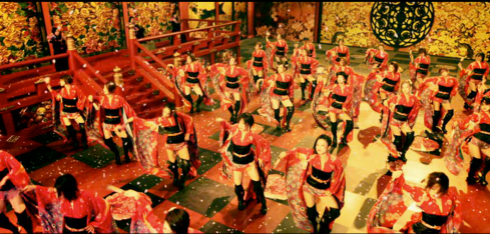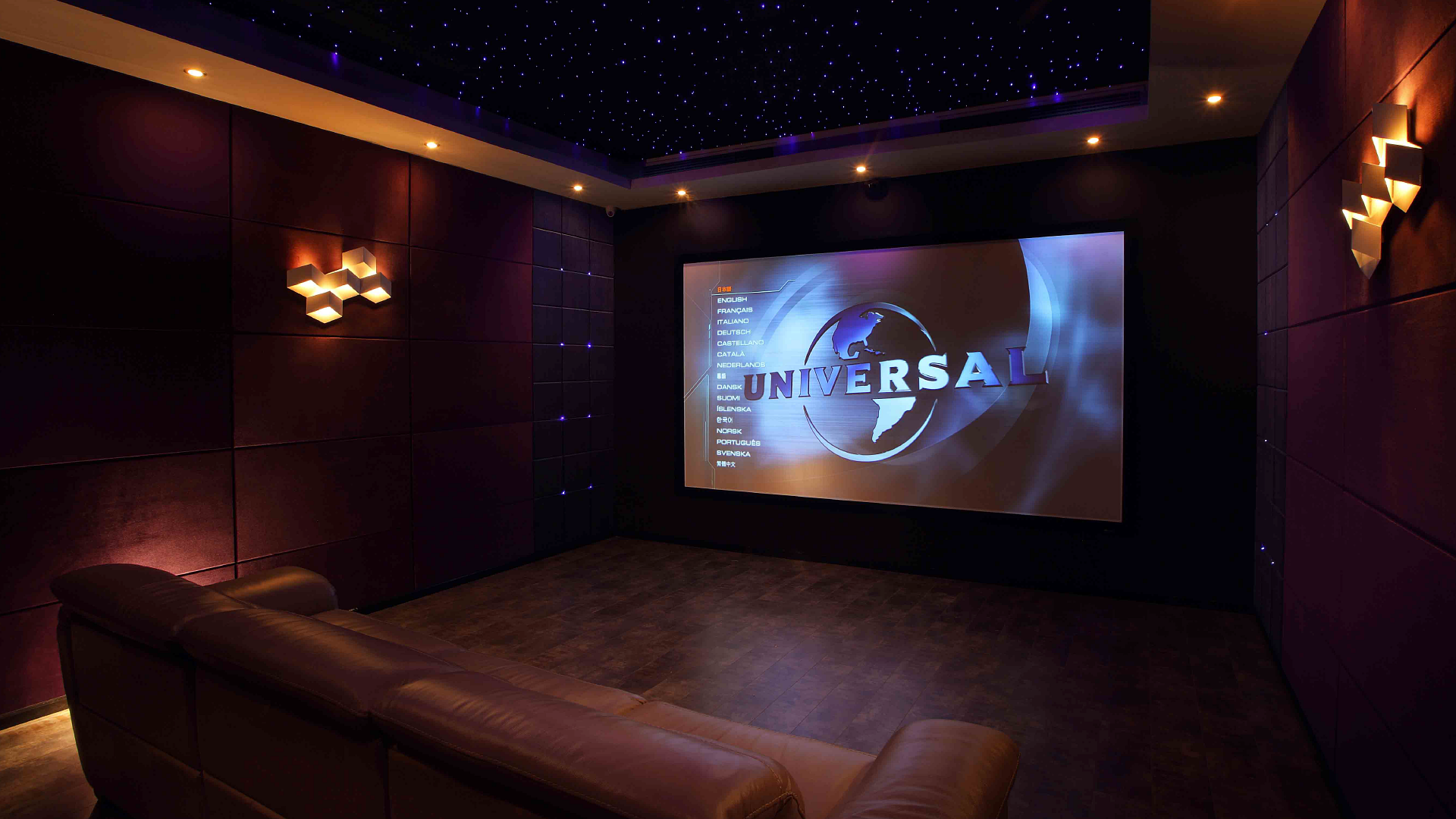
Hey gang I’m back again to talk some world cinema with you all and keep it Japanese in honor of our current Anime marathon on the flagship podcast, The GoodTrash GenreCast. This week I’m going to talk about Japanese film’s status with American audiences and how they have developed such a cultural cache in way different than another highly significant national cinema in the US, France.
 For the most part, the French have tried to achieve a market in the US through differentiation between themselves and the aesthetics, mode of narration, and themes of American films. Their market has typically been much more urban, educated, and sophisticated, branding themselves as the intellectual cinematic alternative to loud, big, and dumb American blockbusters. This policy found a name in the 1980s as French cultural exception. This policy valued a distinct French-ness over the more commercial concerns that could motivate French filmmakers to adopt a more Hollywood style.
For the most part, the French have tried to achieve a market in the US through differentiation between themselves and the aesthetics, mode of narration, and themes of American films. Their market has typically been much more urban, educated, and sophisticated, branding themselves as the intellectual cinematic alternative to loud, big, and dumb American blockbusters. This policy found a name in the 1980s as French cultural exception. This policy valued a distinct French-ness over the more commercial concerns that could motivate French filmmakers to adopt a more Hollywood style.
There are of course exceptions to such a broad generalization. I have written previously about Luc Besson who is an auteur who definitely rejects the policy of cultural exception in favor of a much more commercial methodology. Let’s not forget that Taken is a French film too, folks.
But with this generalization in place, we can see a real significant difference in how Japanese films find an audience in the US. There certainly are Art-House pictures coming out of Japan, especially in the 1940s and 1950s, but contemporary filmmaking has been much more commercial. Yet, this level of commercialism is not like that of Besson’s District B-13 which is simply an American blockbuster-style film that happens to use French language and setting. The movie is just about stopping a bomb from going off, a spiritual descendent of Keanu Reeves’ Speed. Japanese film manages to adopt Western practices but remain thoroughly Japanese like the cultural exception films of France.

The practice of dubbing versus using subtitles is illustrative here. Again I look to Besson’s District B-13 which has both dubbed and subbed versions. The experience of the dubbed version causes one to realize that the French specificity of movie is nearly non-existent outside of proper nouns for places. Place this against another great city-rescuing film from Japan, Akira. I have seen both dubbed and subbed versions of this film and can without a doubt say that this film feels as much like a Hollywood sci-fi fantasy as a clearly Japanese film simultaneously. Faster than you can sing “What a Friend we Have in Shinto” this film abandons American messianism to resolve its narrative of a dangerous human time-bomb, through, among other themes from Eastern philosophy, reincarnation. District B-13 opts to basically be assimilated by Hollywood into a film that is only French on the surface level. This is done in order to reach American multiplex audiences. Otherwise, French filmmakers make anti-American films, that are more intellectually stimulating that intentional highlight their French origins to reach Art-House audiences. The Japanese resolve the puzzle of American markets by being BOTH commercial and thoroughly Japanese. Unlike the either/or option taken by the French.

I am calling Japanese film the other world cinema in the US for this reason. France is the primary (not only!) source for great art film for American audiences. I might even make the argument that Japanese film is the GoodTrash of world cinema, especially in the US. What we are looking for in GoodTrash is not just films that are commercial and provide the visual pleasures of explosions, romance, and one-liners. Good trash is less Chuck Norris’ The Octagon and more Schwarzenegger’s first two Terminator films in which typically lowbrow films/genres are elevated by both production excellence (with or without large budgets) and more thematic heft than the typical popcorn fare. This is where contemporary Japanese cinema lives. For instance, take a film like Goemon which is something of a mix between a Robin Hood film, Zack Snyder’s 300 and a classic Japanese chamber film. The film at times employs a very typically Hollywood aesthetic, but is simultaneously quite Japanese in its themes of loyalty and honor and its mode of narration that is much more elliptical. Goemon is just one example of what would ordinarily be just another action film elevated to GoodTrash in part because of its (multi)cultural cache.

This practice dates back to the 1950s with Akira Kurosawa as a key innovator in the practice. Think of how the bushido ethics of Seven Samurai and Yojimbo when translated to American Westerns fundamentally changed the Western hero of the 60s compared to the decades prior. Indeed these films were criticized in Japan for how Western (the hemisphere, not the genre) they were in terms of their commercial appeal, but they remained so thoroughly Japanese that Clint Eastwood/Yul Brenner in their Italian and American remakes of Kurosawa films mark a transition from the John Wayne-style Western (the genre, not the hemisphere) hero.
It is within this cultural heft alongside production excellence that Japanese films and directors such as Miyazaki, Kurosawa and Miike manage to provide a cinema full of GoodTrash that has continued to entertain viewers in the US. In terms of market share, Japan is one of the most significant cinemas for American audiences. I attribute this to their ability to combine American commercialism with the French notion of cultural exception as a significant alternative to either/or approach of most other national cinemas. Japanese film is winning because they have mastered the art of GoodTrash.
Dustin Sells is studying for a PhD in Screen Studies at Oklahoma State University. Sometimes he gets some sleep. Check out Dustin’s most recently viewed films on Letterboxd @DustinSells or follow him on Twitter @dustin_sells or follow him on Twitter




Leave a Reply